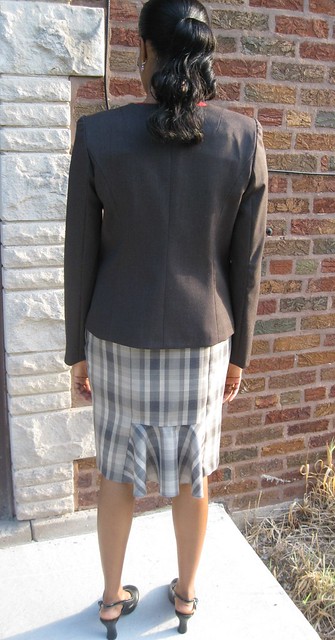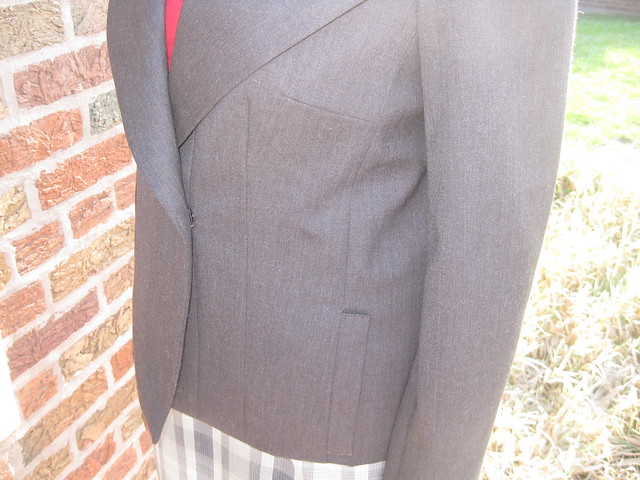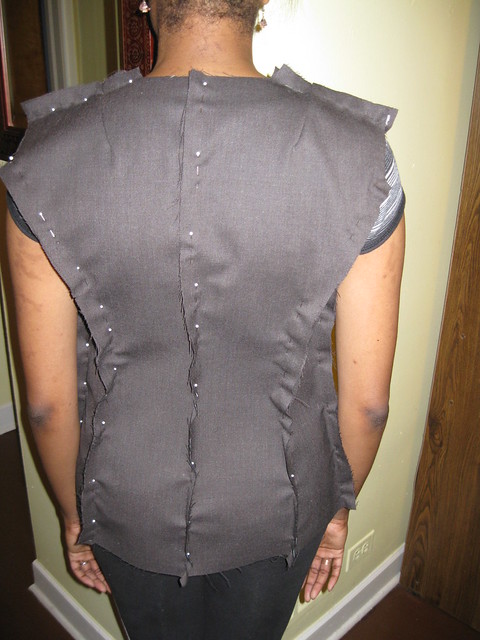I've only been home a few hours, but I wanted to share a brief summary about Sandra Betzina's Power Sewing Retreat.
In one word; Excellent!
It was an outstanding learning experience! One solid week of learning from one of the
USA’s renowned sewing/designing experts.
The Retreat was held in San Francisco at the Marine’s Memorial
Club. Seventeen ladies were taught by some of the best in the
business, Sandra Betzina and Ron Collins.
The days were filled with several lessons and tips to help
us horn our skills. In the evening we were able to continue sewing up to
10pm. A positive “side effect”of this sewing marathon was the
women attending the retreat became friends.
Some have attended several of Sandra’s Retreats over the years. They return because no retreat is exactly the same. Sandra caters to the needs of the students. Sure some basic
information is the same, like fitting and seaming. Additionally, there is a ton of things that
are geared forward the needs of the student attending each particular retreat. For instance, I brought my French jacket
project to check the fit, cut and begin sewing. Sandra and Ron, guided my
through the initial stages of making the jacket. I tissue fitted Vogue 8804 at the Palmer/Pletsch workshop, but needed to muslin fit it to make sure it was just right before cutting into my fabric. After we made the needed adjustments, I cut and sewed it with Ron and Sandra's help. Now, I at the point of sewing and setting the sleeves.
.
Sandra’s unique approach to teaching and sewing inspired us
to try new and creative sewing techniques.
Sandra has developed a WebTV show, “Power Sewing”, that
provides step by step sewing construction techniques on demand. Right now she has a special on; the annual
cost is $60.00 for a limited time. This
subscription gives you access to over 110 shows, current and archive. This is a great offer. Give them a call at 415-876-2434.
Over the next week or so, I will post some highlights from
the Power Sewing Retreat. But today I
just wanted to give you an idea of what to expect when you go to a Sandra
Betzina’s Power Sewing Retreat.
Secondly, you don’t want to miss this great opportunity to subscribe
to Power Sewing for $60.00 for one year. So if you
watch one show per week, the average cost to you is less than $2.00. This is an opportunity to improve your sewing
skills for less than a Starbucks’s coffee.
Until next time, Happy Sewing!
C



































